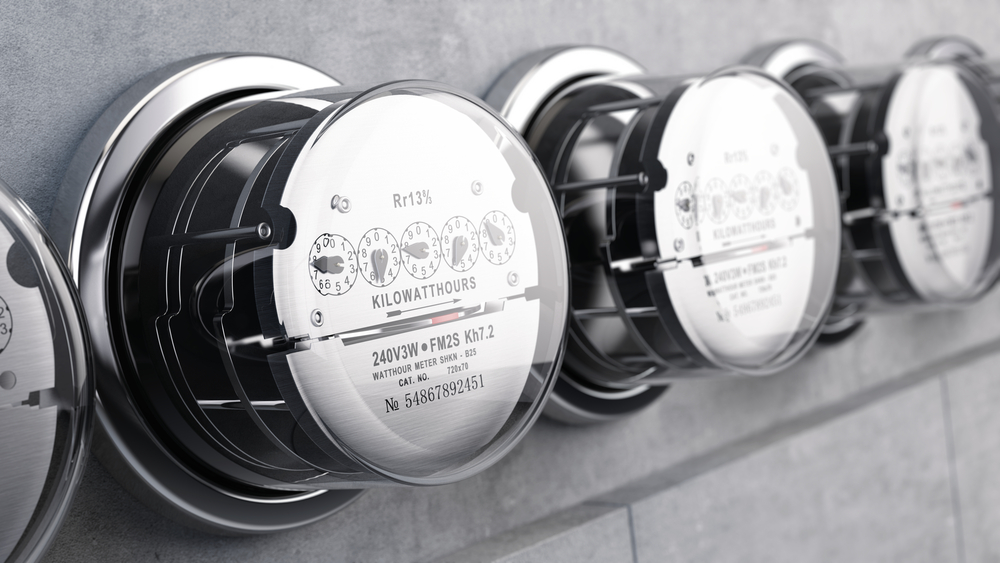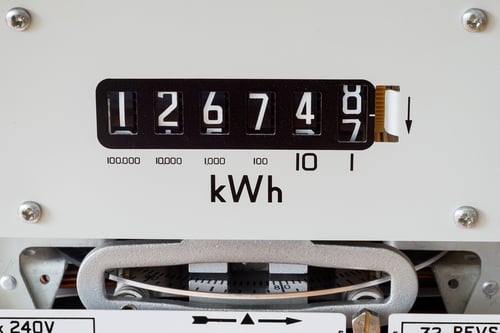How to Reduce Electricity Bills in a Building

Paying less for electricity is an attractive proposition for building owners, and there are several ways to achieve that result. However, the most effective solutions change depending on building conditions, and the best recommendation is getting a professional assessment as the first step. All the following are viable approaches to reduce electricity expenses in a building:
- Reducing the usage schedule of devices. This can be accomplished manually, but time and occupancy controls are also available.
- Reducing the usage intensity of devices. For example, air conditioning costs can be reduced by setting the thermostat slightly higher.
- Energy efficiency measures, allowing building systems to accomplish the same functions with a lower energy input.
- Generating electricity on site, as long as the cost per kilowatt-hour stays below the local utility tariff
- Demand side management or demand response. With some types of electricity tariffs, savings are possible by shaping consumption in a way that minimizes payments.
The first two approaches are easy to implement when a building has wasteful habits, such as leaving certain lamps on all the time, or using air conditioners at full output during the entire summer. However, once the schedule and usage intensity of devices have been optimized, further savings with this approach are only possible at the expense of performance and comfort.
Energy savings should be achieved without a negative impact on other aspects of building performance. In fact, many upgrades that save electricity often enhance building systems, by improving aspects like temperature control and outdoor air supply.
Get an energy audit and reduce your electricity expenses.
Finding the Best Energy Efficiency Measures for a Building
Many suppliers offer products with prescriptive energy savings, such as light bulbs with a specified percentage of energy savings. However, these savings are based on building conditions that are assumed by the manufacturer, which may not match the actual requirements of your property. An energy audit is strongly recommended to get a clear picture of the potential energy savings in your building:
- An audit can identify the energy efficiency measures with the highest electricity savings per dollar spent upfront.
- At the end of the audit you get a list of measures, compared based on their effectiveness. This way, you can allocate the available budget among the most effective ones.
An energy audit can also be used as reference when comparing financing options for building upgrades. If you plan to implement energy efficiency with debt financing, and the resulting savings are higher than the loan payments, the project can pay its own cost.
Although each building is unique, some energy efficiency measures are characterized by being useful in a wide range of projects. The following are some examples:
- LED lighting often achieves high savings with respect to its upfront cost, allowing a quick payback period. In addition, if you purchase products from well-established manufacturers, your investment is protected by a solid warranty.
- For most buildings, air conditioning is the highest energy expense during summer. Upgrades that improve your space cooling efficiency normally have an attractive return on investment.
- Pumping and ventilation also represent a significant electricity consumption. High-efficiency motors and speed controls can greatly improve the performance of these building systems.
Generating Electricity for Self-Consumption

There are many technologies that can generate electricity, and the power supply from your local utility is most likely from a mix of sources. Some power generation systems are only cost-effective at large scale, which limits their usefulness as a local electricity source for buildings. However, many generation systems are viable at small and medium scale, and can be deployed in buildings to reduce the net consumption billed by the local utility company.
In general, local power generation works when it is a cheaper option that purchasing electricity from the grid.
- If your electric company charges 25 cents/kWh, and a solar power system results in an average cost of 10 cents/kWh, the potential savings are significant.
- On the other hand, a diesel generator with a running cost above 30 cents/kWh cannot achieve savings. It is only viable as a backup power source during blackouts and other emergencies.
Like in the case of energy efficiency measures, the best power generation system may change depending on building conditions. However, solar power is the most flexible and versatile option for most buildings: a photovoltaic array only requires a suitable area with sunshine, and its maintenance needs are minimal. Microturbines fired by natural gas are also emerging a viable option for buildings, and they can supply combined heat and power.
Demand Side Management
Some electricity tariffs allow savings due to how they are structured. There is a wide variety of tariffs in the USA, but there are two main scenarios that allow savings:
- Building owners that are subject to a demand charge can reduce their bills by avoiding “peaks” in electricity consumption. This can be accomplished with smart load scheduling, on-site generation, or energy storage.
- Building owners that are subject to time-of-use electricity tariffs can minimize consumption at times of the day when the tariff is high, and take advantage of the hours with the lowest kWh prices.
In both cases, the basic principle is shaping electricity consumption so that the power bill is minimized. Depending on the tariff applied, the goal is avoiding demand peaks or minimizing the consumption of expensive kilowatt-hours.
Final Recommendation
There are many ways to reduce electricity expenses, but the best option changes depending on building conditions. For example, demand side management has little application when there are no demand charges and the kWh price is constant throughout the day.
The optimal combination of energy efficiency measures and on-site generation changes depending on the physical characteristics of a building and its intended occupancy. For example, the operating schedules of lighting fixtures and air conditioning are very different between residential and commercial buildings, and the corresponding savings also behave differently.

Michael Tobias
Michael Tobias, the Founding Principal of NY Engineers, currently leads a team of 50+ MEP/FP engineers and has led over 1,000 projects in the US
Join 15,000+ Fellow Architects and Contractors
Get expert engineering tips straight to your inbox. Subscribe to the NY Engineers Blog below.



